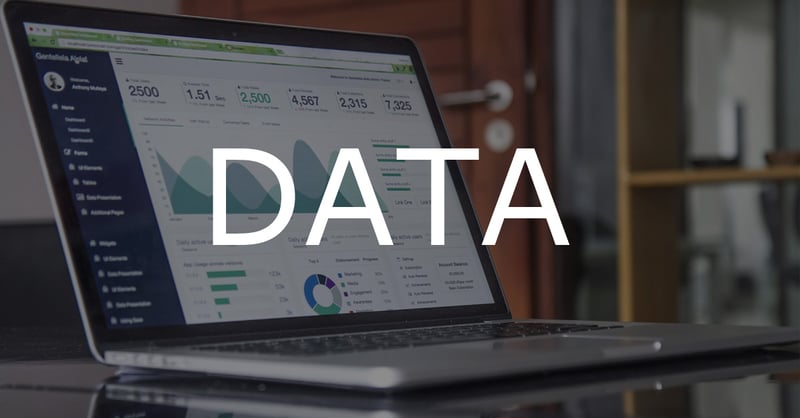 Just because your Google Analytics (GA) is “up and running” doesn’t mean it has the data integrity it needs in order to make smart business and marketing decisions. Having accurate data can show you so much more than how many users visited your website and how long they stayed. It can help make decisions through attribution modeling, content analysis, site speed analysis, and much more!
Just because your Google Analytics (GA) is “up and running” doesn’t mean it has the data integrity it needs in order to make smart business and marketing decisions. Having accurate data can show you so much more than how many users visited your website and how long they stayed. It can help make decisions through attribution modeling, content analysis, site speed analysis, and much more!
Before you start the audit, make sure you have a measurement plan in place. You can’t have your analytics account set up if you don’t know what you want to measure and why. Google Analytics offers a plethora of data, and if you’re measuring irrelevant data, then it will become useless to you and your business. When creating a measurement plan, you should define the objective of your website, identify measurement indicators, work out a plan to track these indicators, and create funnels toward these metrics.
Account Setup & Best Practices
To start off, ensure you have enough views for your account. These will be specific to each account, but the basic amount for data integrity is to have three separate views for each property. Next, you will want to go to the Property and View level settings and ensure they are set up correctly. This will include anything from site search, query parameters, industry category, enabling advertising features, and time zone. You will also want to look at user management and make sure the right users have access to your account and at the right level. Only one or two users should have complete access to your account. Lastly, check and make sure your custom alerts are firing and are still relevant. This may include adding, removing, or adjusting your alerts.
Tracking
Conduct a crawl on your website to make sure your code snippet is present on every page and that you’re not double-counting sessions. If the code isn’t present on a particular page, GA will not track any user behaviors on that page. When a GA account is double-counting sessions, it means the code is on a page or pages multiple times. You can install Google Tag Assistant as a Chrome extension to easily verify the GA and Google Tag Manager (GTM) accounts the website has. Additionally, you can follow the steps on this blog to do a clean setup.
Filters
On your View options on GA, you can look at the filters set up for each of your views. Check that your test view doesn’t have any old test filters and that it is filter-free for future testing. Next, you’ll want to make sure that all of the filters you have set up are working accurately. This might be editing IP address exclusions or adding new IP addresses (new vendors, agencies, or other users regularly visiting your website) so you have an up-to-date list. While editing filters, it’s also a good time to look at any abnormal traffic that may be spam hitting your site and adding filters to eliminate that traffic.
Funnels
While you are on the View options, go through your goals and ensure your funnels are still accurate. If there are ever website changes that affect the path to your goals, you will need to update these. It might be helpful to look at your goal funnel reports to make sure the funnel path is accurate and providing useful information. These goals and funnels should always reference your measurement plan and protocol. If there is a website update, you may need to revisit your measurement plan and implement those changes.
Default Channel Groupings
In the admin section of GA, you can also find your channel settings for channel groupings. Keep this section updated as you define new sources or mediums. If you take a look at the Channels report in GA, you can look at both Referral and Other groupings that may contain mislabeled sources or mediums.
Content Grouping
This is another quick look to make sure everything is working correctly. Make sure all of the URLs are still relevant or if needed, add to the content groups. Take a look at a pages report to make sure you don’t have traffic stuck in the (not set) bucket that belongs in a content group.
There are certain steps you should audit frequently, but a comprehensive audit should be done quarterly to ensure data integrity. If any of these steps aren’t part of your current GA account, we are more than happy to take a look at it and conduct a Data Integrity Scorecard to give you an idea of where you stand with your data.




